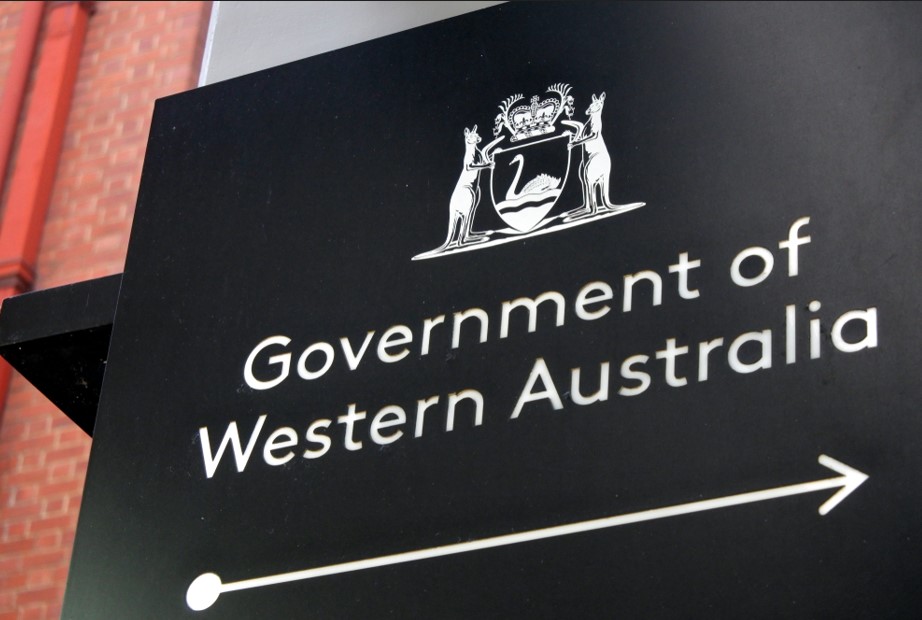SWIS upgrade to create 400 jobs

Construction has started on four key Western Power sites with planned upgrades that could double the capacity in some sections of the South West Interconnected System (SWIS).
This marks the largest investment in electricity transmission infrastructure in over a decade as part of the Clean Energy Link — North project.
The project involves building and upgrading high-capacity transmission lines, terminals, substations and transformers along a 354km corridor from Western Power’s North Terminal in Malaga to Three Springs.
More than 400 jobs will be created, with the project scheduled to be delivered by the end of 2027.
This is the first expansion under the SWIS Transmission Plan, part of the WA Government’s aim to establish the state as a renewable energy powerhouse.
Clean Energy Link — North is predicted to make around 400MW of existing wind and another 1GW of new renewable energy available to customers across the SWIS while facilitating a phase-out of coal generated power.
Upgrades to earthworks, civil work and electrical work within the existing Malaga Terminal (Northern), Neerabup Terminal and a new terminal station have already begun.
WA Energy and Decarbonisation Minister Amber-Jade Sanderson says the Clean Energy Link — North expansion is a key power grid upgrade that will help WA to exit State-owned coal by 2030 — faster than any other state.
“It lays the groundwork for a secure energy future for WA and marks one of the biggest infrastructure builds undertaken on the network, that will expand network capacity, drive economic growth, and enable the decarbonisation and electrification of existing industries,” she said.
“Expanding the SWIS north will unlock more renewable energy resources in the Mid-West and strengthen the SWIS as we make Western Australia a renewable energy powerhouse.”
The investment comes as the Australian Energy Market Operator warns that, without proper planning and action to address geographical and electrical isolation challenges, the SWIS could face widespread outages within the next five years.













